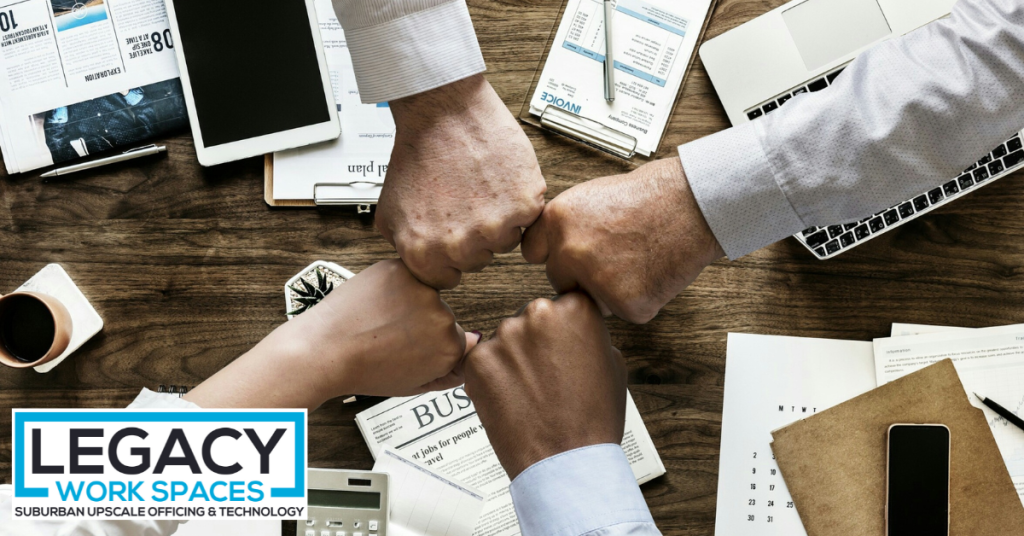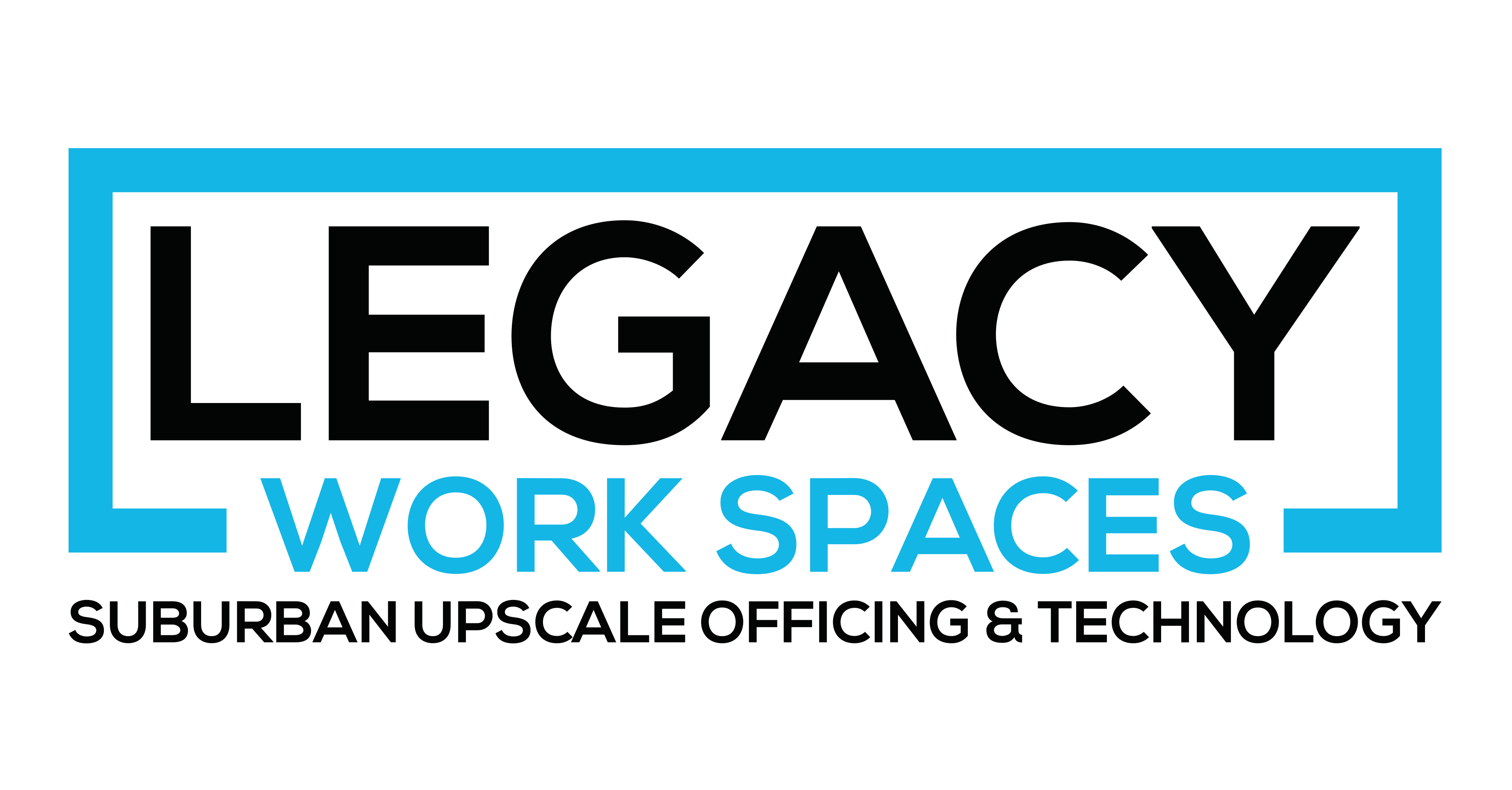
In today’s dynamic business landscape, the design of your office environment plays a pivotal role in shaping employee productivity, creativity, and overall well-being. Gone are the days of sterile cubicles and uninspiring layouts. Modern workplaces are recognizing the importance of creating spaces that foster innovation, collaboration, and a sense of purpose. In this blog post, we’ll delve into the art of designing a productive and creative office environment that fuels your team’s success.
The Power of Office Design
The design of your office goes beyond aesthetics; it influences how your employees think, feel, and work. A well-designed office can:
1. Boost Productivity
An ergonomically optimized workspace with comfortable furniture and efficient layout can reduce distractions and enhance focus. It empowers employees to work smarter and accomplish tasks more efficiently.
2. Encourage Collaboration
Open, flexible spaces with communal areas and collaborative zones facilitate teamwork and idea sharing. When employees can easily interact and brainstorm, creativity flourishes.
3. Promote Well-being
Natural light, indoor plants, and ergonomic furniture contribute to a healthier and more enjoyable work environment. A focus on well-being can reduce stress and absenteeism while increasing job satisfaction.
4. Reflect Company Culture
Your office design should align with your company’s values and culture. A thoughtfully designed space can reinforce your brand identity and create a positive impression on clients and visitors.
Key Elements of Productive and Creative Office Design
Now, let’s explore some essential elements that make up a productive and creative office environment:
1. Ergonomics
Invest in ergonomic furniture and accessories that promote comfort and reduce the risk of repetitive strain injuries. Adjustable desks, supportive chairs, and proper lighting are crucial for employee well-being.
2. Flexibility
Design flexible workspaces that can adapt to different tasks and preferences. Allow employees to choose where they work, whether it’s a quiet corner, a communal table, or a standing desk.
3. Natural Light
Maximize access to natural light, which has been proven to enhance mood, energy, and productivity. If possible, position workstations near windows and use transparent partitions to allow light to flow through the space.
4. Collaborative Zones
Create dedicated spaces for brainstorming sessions, meetings, and casual interactions. Comfortable seating, whiteboards, and technology-equipped rooms can facilitate collaboration.
5. Quiet Spaces
Not everyone thrives in a bustling environment. Design quiet zones or individual pods where employees can focus without distractions. Noise-cancelling features can also be integrated to maintain a peaceful atmosphere.
6. Art and Creativity
Incorporate art, color, and design elements that inspire creativity. A visually stimulating environment can spark innovative thinking and imagination.
7. Technology Integration
Ensure that your office is equipped with modern technology to support seamless communication and collaboration. High-speed internet, video conferencing facilities, and smart office solutions are essential.
Employee Involvement
When redesigning your office, involve your employees in the process. Gather feedback, conduct surveys, and encourage participation in shaping the workspace. Employees who feel a sense of ownership and contribution to the design are more likely to embrace and thrive in the new environment.
Conclusion
Designing a productive and creative office environment is an investment in your company’s success. It’s not just about aesthetics; it’s about creating a space that empowers your team to do their best work, fosters innovation, and promotes well-being. By prioritizing elements such as ergonomics, flexibility, natural light, and technology, you can transform your office into a hub of productivity and creativity that attracts and retains top talent while propelling your business forward in the modern world.

